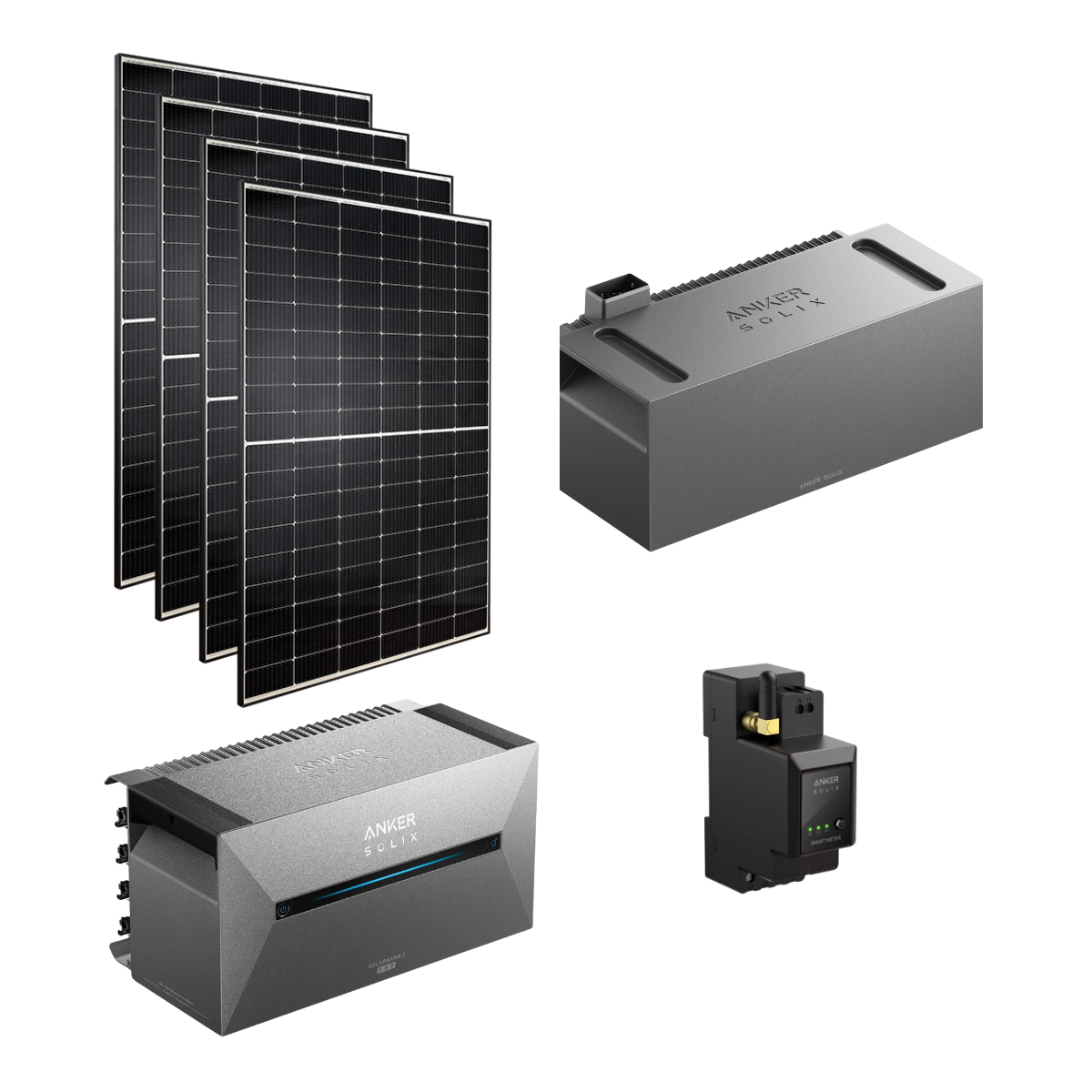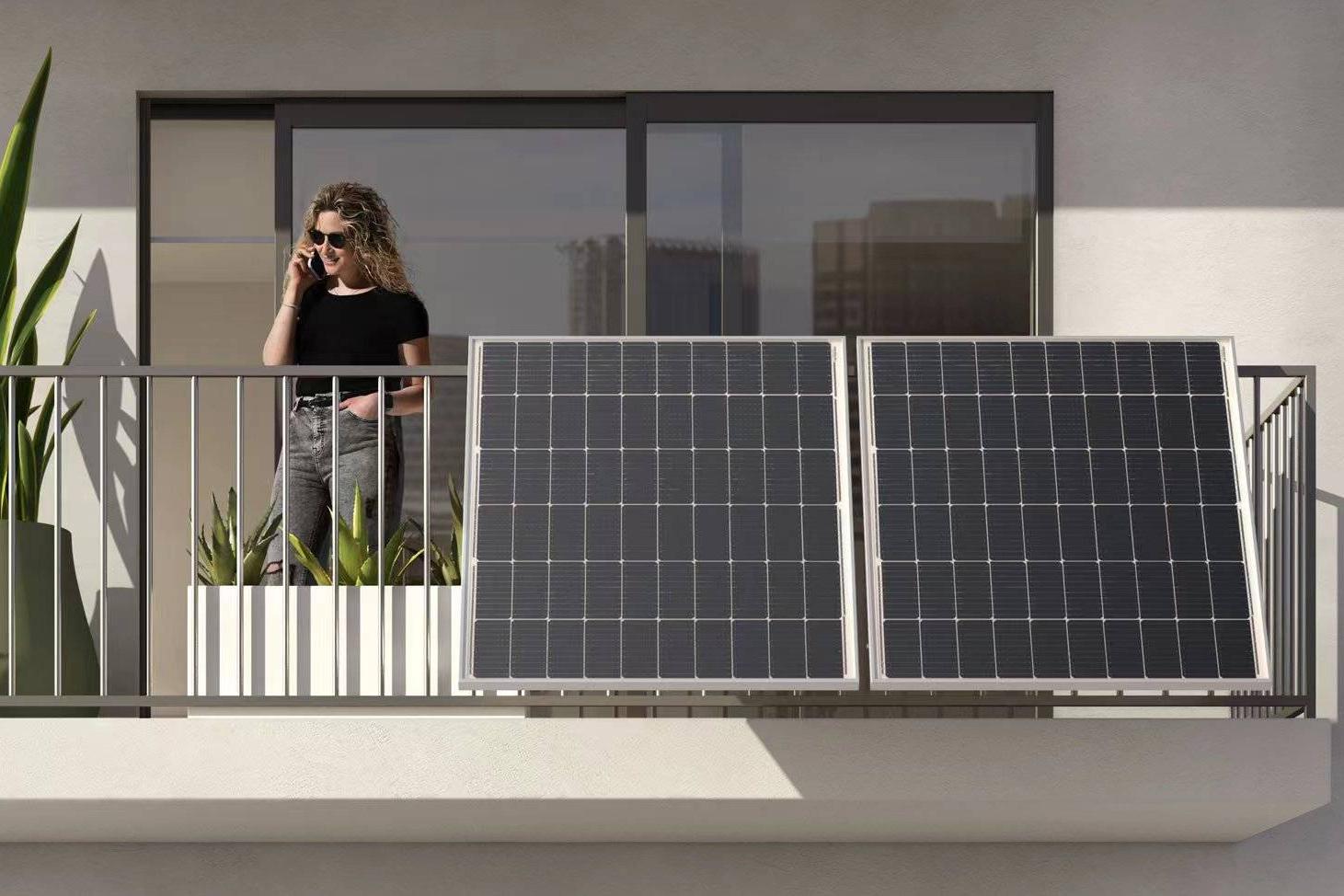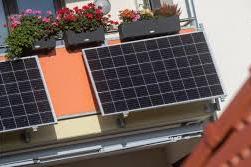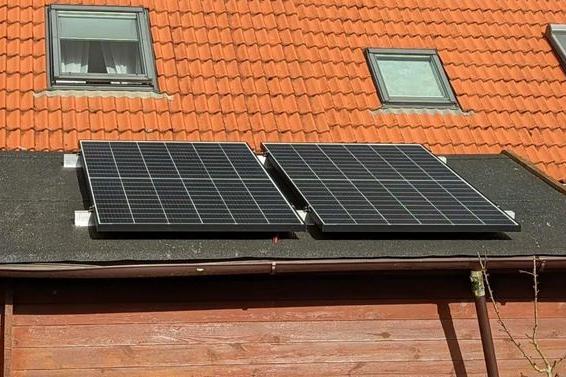Blog & News
The CO₂ balance of photovoltaics
Photovoltaics generates affordable, emission-free solar power. Although the production of PV components generates carbon dioxide emissions, the overall CO₂ footprint of photovoltaics is extremely positive. Learn more about the CO₂ footprint of photovoltaics in this guide.
How much CO₂ does a photovoltaic system produce?
A photovoltaic system emits approximately 40 g CO₂/kWh These emissions are the result of the combustion of fossil fuels, which are primarily generated during the manufacture and transport of solar systems.
For the production of solar cells, high-purity silicon It is manufactured at high temperatures and with high energy consumption. The production steps are similar to those of typical semiconductor production and include chemical and energy-intensive processes that generate byproducts. For every kilogram of ultrapure silicon, up to 19 kilograms of byproducts are generated. Selecting suppliers who consider environmental aspects is crucial for the environmental compatibility of a PV module.
CO₂ balance during operation
The operation of PV systems is emission-freeUnlike conventional power generators based on fossil fuels, PV systems generate electricity without combustion.
This contributes to reducing the costs of avoiding CO₂ emissions that result from environmental, climate, and health damage. These additional costs amount to approximately 1 cent/kWh. In comparison, the costs for nuclear power and lignite are 24 to 28 cents/kWh and 22 to 24 cents/kWh, respectively.
How much CO₂ does photovoltaics save in comparison?
Compared to conventional fossil fuel energy sources, photovoltaics saves over 500 g CO₂/kWh. A coal-fired power plant emits 750–1,200 g CO₂/kWh, while a gas-fired power plant emits 400–550 g CO₂/kWh. A PV system, on the other hand, only emits approximately 30 g CO₂/kWh.
| Energy sources | CO₂ emissions |
| Coal-fired power plants | 750 - 1,200 g CO₂/kWh |
| Gas-fired power plants | 400 - 550 g CO₂/kWh |
| Nuclear energy (without final storage) | 10 - 30 g CO₂/kWh |
| Wind energy | 10 - 40 g CO₂/kWh |
| hydropower | 10 - 40 g CO₂/kWh |
| Photovoltaics | 20 - 40 g CO₂/kWh |
According to the Federal Environment Agency, the energy sector accounted for the highest share of carbon dioxide emissions in 2022, at 37.0%. Approximately 247 million tons of carbon dioxide were released by this sector. Photovoltaics is an important component in reducing CO₂ emissions.
How long is the energy payback period of a PV system?
The term "energy payback" describes the period of time a PV system must be operated to amortize the energy and environmental impacts of its production. PV roof systems The estimates for the energy payback are between 1 and 4 years:
- 4 years for current multicrystalline silicon PV modules
- 3 years for current thin-film modules
- 2 years for future tandem modules
- 1 year for future thin-film modules
Assuming a life expectancy of 30 years, 87 to 97% of the energy generated by PV systems does not contribute to pollution, greenhouse gases or resource depletion.
What is CO₂?
Carbon dioxide (CO₂) is a colorless gas. It dissolves readily in water and is non-flammable, odorless, and non-toxic. Along with nitrogen, oxygen, and noble gases, it is a natural component of the air. It makes up only 0.038 percent of the air. However, CO₂ is a greenhouse gas and contributes to the greenhouse effect, which prevents heat from escaping into space.
Can photovoltaics be recycled?
EU law requires the testing, reuse, or recycling of old solar modules. Currently, over 80% of PV modules are recycled, with aluminum and glass being the main reused materials.























